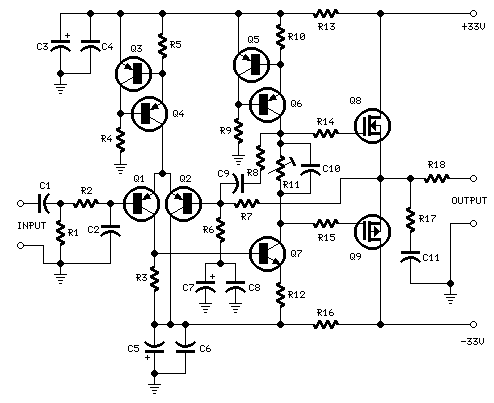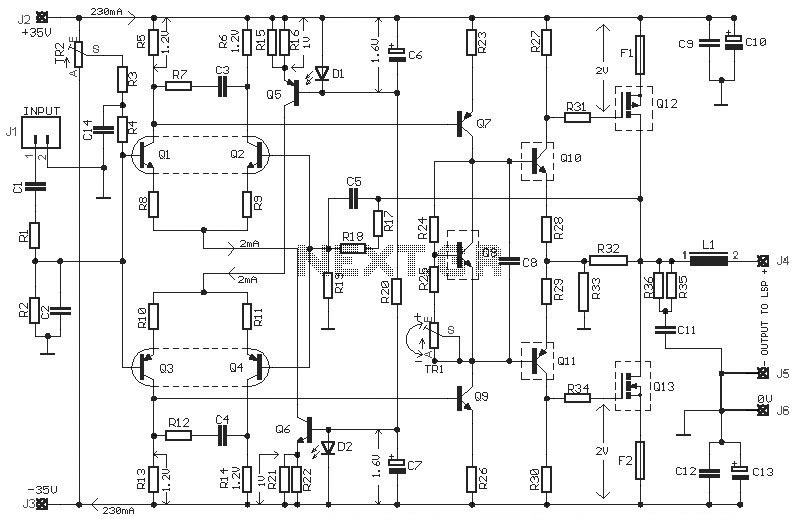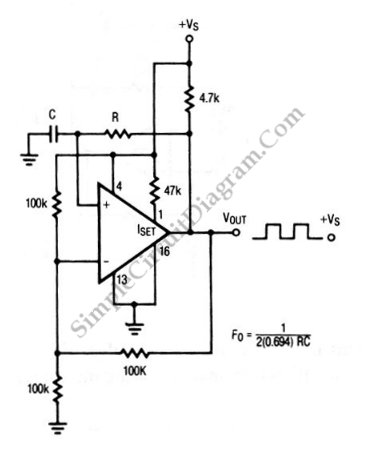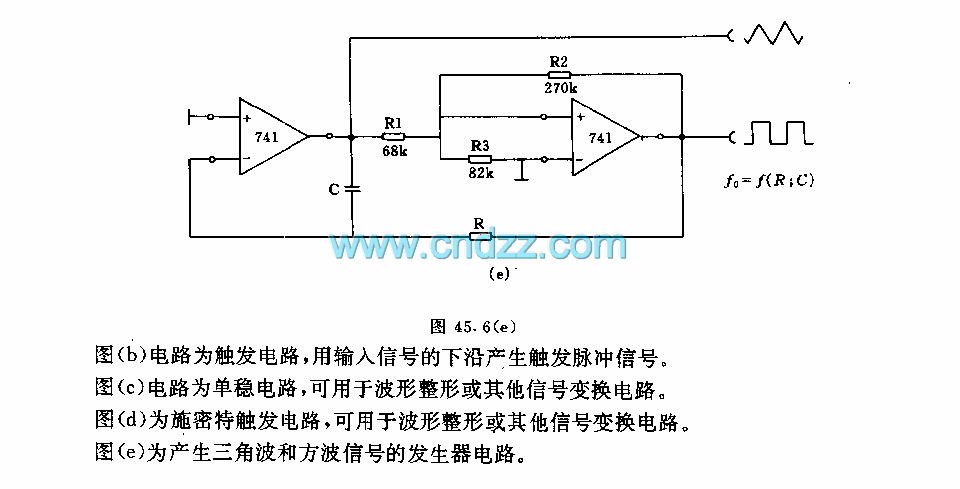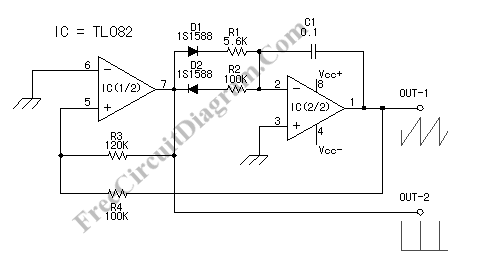
FET Colpitts Oscillator (Microwave)
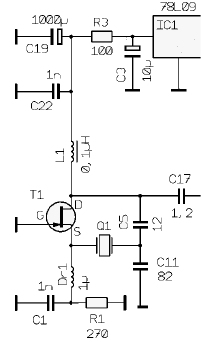
A 430 MHz transmitter for microwave applications is being constructed, but there is an issue with obtaining any output frequency from the circuit.
The construction of a 430 MHz transmitter for microwave applications involves several critical components and considerations to ensure proper functionality. The design typically includes an oscillator circuit, which generates the desired frequency, and a power amplifier to boost the signal for transmission.
Key components in the circuit may include a crystal oscillator or a phase-locked loop (PLL) to establish the 430 MHz frequency. The oscillator's output must be stable and precise, as any deviation can affect the performance of the transmitter. A low-pass filter may also be incorporated to eliminate unwanted harmonics and ensure that only the desired frequency is transmitted.
The power amplifier should be selected based on the required output power and efficiency. It is essential to ensure that the amplifier operates within its specified frequency range and that it is properly matched to the load to avoid reflections that could damage the circuit.
Additionally, the layout of the circuit board is crucial. It should minimize parasitic capacitances and inductances, which can lead to signal degradation. Proper grounding techniques and the use of bypass capacitors can help maintain signal integrity.
Testing the circuit requires the use of an oscilloscope or a frequency counter to measure the output frequency. If no output is observed, potential issues may include incorrect component values, poor connections, or insufficient power supply levels. Thorough troubleshooting is necessary to identify and rectify these problems to achieve a functional microwave transmitter.Hi there. I`ve building a 430Mhz Transmitter for microwave. And for some strange reason i couldn`t get any output frequency from my circuit. I`ve.. 🔗 External reference
The construction of a 430 MHz transmitter for microwave applications involves several critical components and considerations to ensure proper functionality. The design typically includes an oscillator circuit, which generates the desired frequency, and a power amplifier to boost the signal for transmission.
Key components in the circuit may include a crystal oscillator or a phase-locked loop (PLL) to establish the 430 MHz frequency. The oscillator's output must be stable and precise, as any deviation can affect the performance of the transmitter. A low-pass filter may also be incorporated to eliminate unwanted harmonics and ensure that only the desired frequency is transmitted.
The power amplifier should be selected based on the required output power and efficiency. It is essential to ensure that the amplifier operates within its specified frequency range and that it is properly matched to the load to avoid reflections that could damage the circuit.
Additionally, the layout of the circuit board is crucial. It should minimize parasitic capacitances and inductances, which can lead to signal degradation. Proper grounding techniques and the use of bypass capacitors can help maintain signal integrity.
Testing the circuit requires the use of an oscilloscope or a frequency counter to measure the output frequency. If no output is observed, potential issues may include incorrect component values, poor connections, or insufficient power supply levels. Thorough troubleshooting is necessary to identify and rectify these problems to achieve a functional microwave transmitter.Hi there. I`ve building a 430Mhz Transmitter for microwave. And for some strange reason i couldn`t get any output frequency from my circuit. I`ve.. 🔗 External reference
